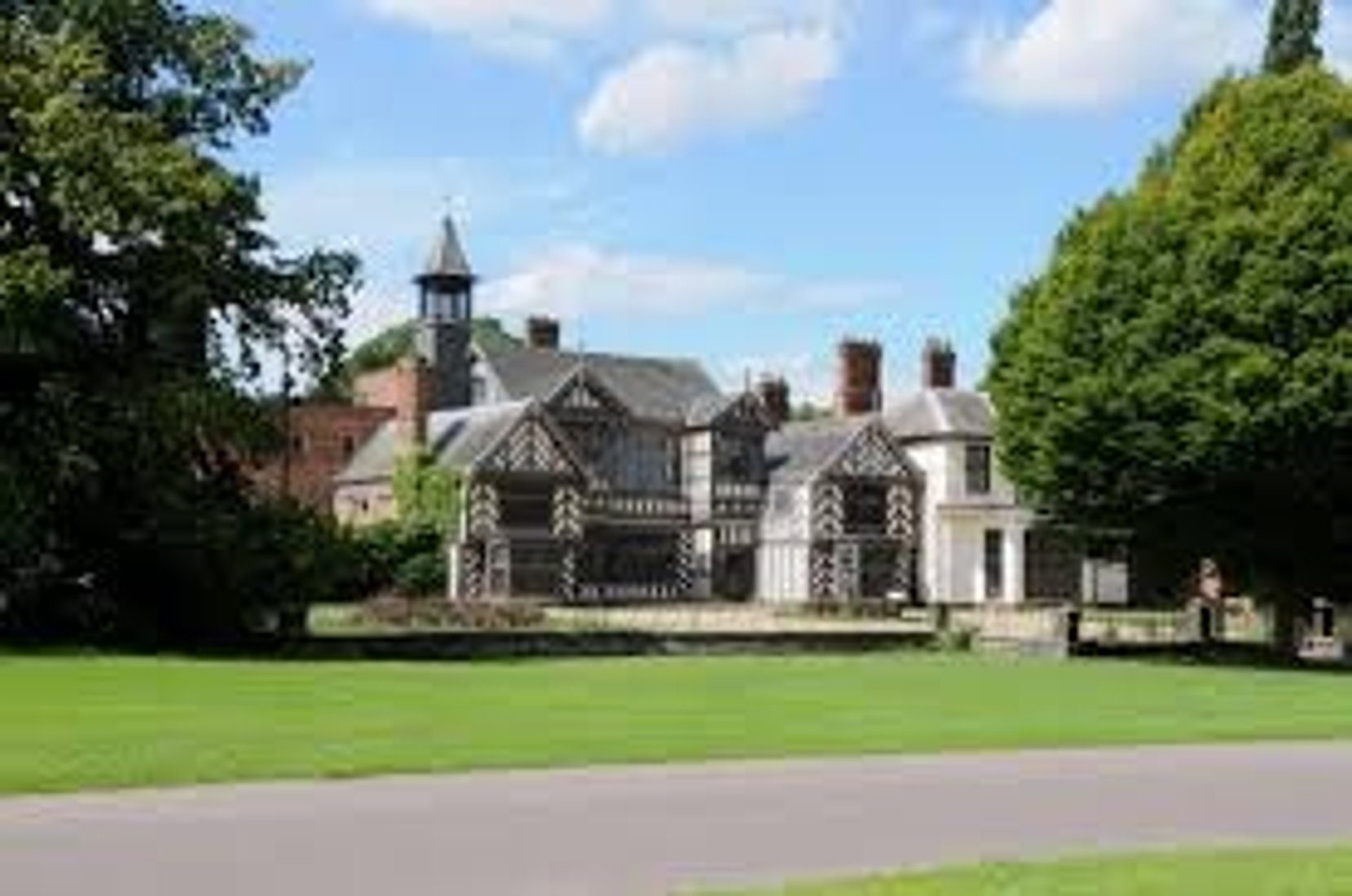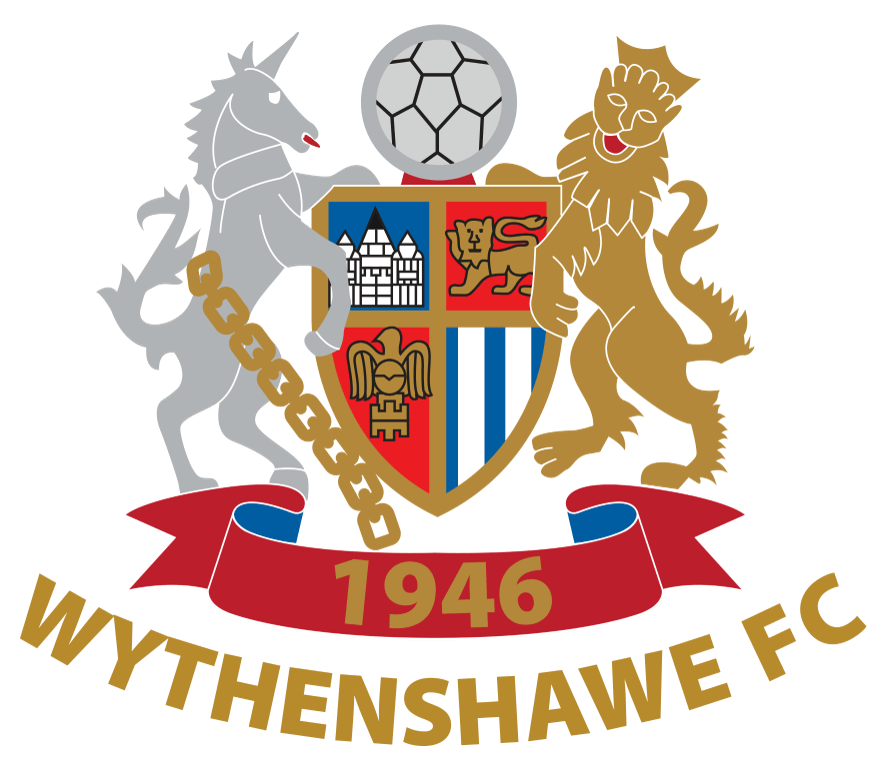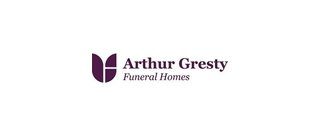
Wythenshawe Garden City
Wythenshawe Garden City, has a population of over 110,000.
Historically in Cheshire, part of the Hundred of Bucklow, until 1931, then Lancashire until 1974, now Greater Manchester, Its 11 square miles is bordered by the River Mersey in the north, River Bollin in the south, Fairywell and Baguley Brooks to the west and Gatley Brook to the east.
It comprises of five districts, Baguley, Brooklands, Northenden, Sharston and Woodhouse Park.
Time has fused the areas of Benchill, Brownley Green, Crossacres, Haveley Hey, Heyhead, Kenworthy, Moss Nook, Newall Green, Northern Moor, Peel Hall, Poundswick, Rackhouse, Ringway, Roundthorn and Royal Oak, into those districts, locally they are still referred to.
Wythenshawe is the amalgamation of three ancient townships, Northenden, Baguley and Northen Etchells, the first has evidence of settlers in the Bronze Age, at a ford in the Mersey. It’s history could date back to the Stone Age. Northenden and Baguley are both recorded in the Domesday Book 1086. The name Wythenshawe first appeared in a charter in 1316 as ‘Witenscaw’, meaning willow wood.
A person from Wythenshawe is known as a Wythenshavian.
Wythenshawe’s oldest building is Baguley Hall, dating back to 11th century, rebuilt in 14th century, it is Grade 1 listed and a scheduled ancient monument. It is believed to be the only example of Viking architecture remaining in the world.
The Tatton family owned most of Wythenshawe and rebuilt most of its Tudor Wythenshawe Hall around 1540 after a fire in the 1530’s, the hall suffered damage from another fire in 2016. In 1644 the hall and grounds were besieged by Oliver Cromwell during the English Civil War. In 1651 Charles ii army stopped at wythenshawe on his way back to Scotland after defeat at Worcester. Similarly in 1745 Bonnie Prince Charlie retreating from Derby.
This vast expanse of land was a mixture of wooded and agricultural. In 1920 Manchester saw this as an opportunity to extend its city. In 1926 Manchester bought Wythenshawe from the Tatton’s, at the same time, Ernest Simon bought Wythenshawe Hall and Park and donated it to Manchester for the people of Wythenshawe.
Manchester commissioned the Garden City movement, with designer Barry Parker, to build Britain’s third Garden City, following Letchworth and Welwyn Garden City, to be the largest Garden City in the world, the concept being it was to be self-sufficient, houses with gardens, surrounded by greenbelt. It to have a population of nearly double that of Wythenshawe’s county town Chester.
Although Manchester owned Wythenshawe they still needed governance, a five year ‘war’ developed,1926-1931, between Manchester and Cheshire (Wythenshawe must have something), It took an Act of Parliament to wrest it away from Cheshire.
In 1929 Wythenshawe Aerodrome opened at Rackhouse, becoming Britain’s first municipal airport, this closed and Ringway (later named Manchester) Airport, in south Wythenshawe, opened in 1938. Sadly there have been three fatal air disasters in Wythenshawe, in 1951 a Dakota crashed into a market garden on Woodhouse Lane (Heyhead), in 1957 a Viscount crashed into a house on Shadow Moss Road and in 1985 a 737 burst into flames whilst taxiing for take off.
In the 1930’s Princess Parkway, the first of its kind in Britain, was built to link Wythenshawe and Manchester. The building of houses and Sharston Industrial Estate began in earnest but there was a disproportionate lack of schools and shops. The Second World War halted development, Sharston continued to assist the war effort.
In the 1950’s and 60’s, housing, schools, shops, parades and factories, including Roundthorn and Moss Nook Industrial Estates increased at such a rate that by 1964 it reached an initial target of a population of 100,000. It became the largest council estate in Europe.
The 1960’s also saw the town centre (civic) completed, along with the Forum Complex, venue for the 1976 World Snooker Championship and boxing for the 2002 Commonwealth Games, Golden Garter nightclub, host to a number of international stars. Between 1961-1962 The Beatles performed at the old William Temple Church Hall. In 1961 Yuri Gagarin, the first man in space, stopped in Wythenshawe from a visit to Manchester to speak to Wythenshavians.
Geographically and socially Wythenshawe was isolated, some say still is, from Manchester, it suffered from high unemployment, the Benchill area was recorded, in 2000, as being the most deprived area in the UK.
Upon joining Manchester a Wythenshawe Committee was set up to make recommendations on planning and development, but there were now calls for full autonomy for Wythenshawe, it not having the independence of many towns a tenth of its size, Manchester were having none of it.
Wythenshavians include inspirational charity fundraiser Kirsty Howard, Hollywood actor Don Knight, comedian, writer and actress Caroline Aherne, singers Lyn Paul from The New Seekers, Jason Orange from Take That, Coronation Street actors Simon Gregson, Chris Bisson and Nicholas Cochrane, actor David Schofield, undefeated world heavyweight champion boxer Tyson Fury who in 2015 won the WBA, WBO, IBF and IBO World titles, Premier League referee Anthony Taylor, Tottenham and England footballer Paul Stewart and Manchester United and England footballer Marcus Rashford.
Wythenshawe was the setting for Channel 4 series Shameless and BBC sitcom The Royle Family. It has also hosted BBC’s Question of Sport and Question Time. It has its own newspaper – Wythenshawe World and magazines – Your Local Voice, In Touch and Southside, radio station – Wythenshawe FM-97.2.
Wythenshawe’s two main employers are Manchester Airport and Wythenshawe hospital, with large scale businesses moving into the area, including, Shell UK, Virgin Media, Vodafone, Microsoft, Amazon and PZ Cussons, complemented by older companies, including, Timpson Ltd, Renold and F.Duerr & Sons, the Chinese investing heavily in Airport City, along with easy access to Manchester, Motorway network, Metrolink tram system, vast improvements to the infrastructure, increasing employment, house price boom, green open spaces and closeness to the countryside (Wythenshawe was once the countryside) have all added to Wythenshawe’s attractiveness.
Wythenshavians have an interesting history and an exciting future – our Great Garden City.
JC








